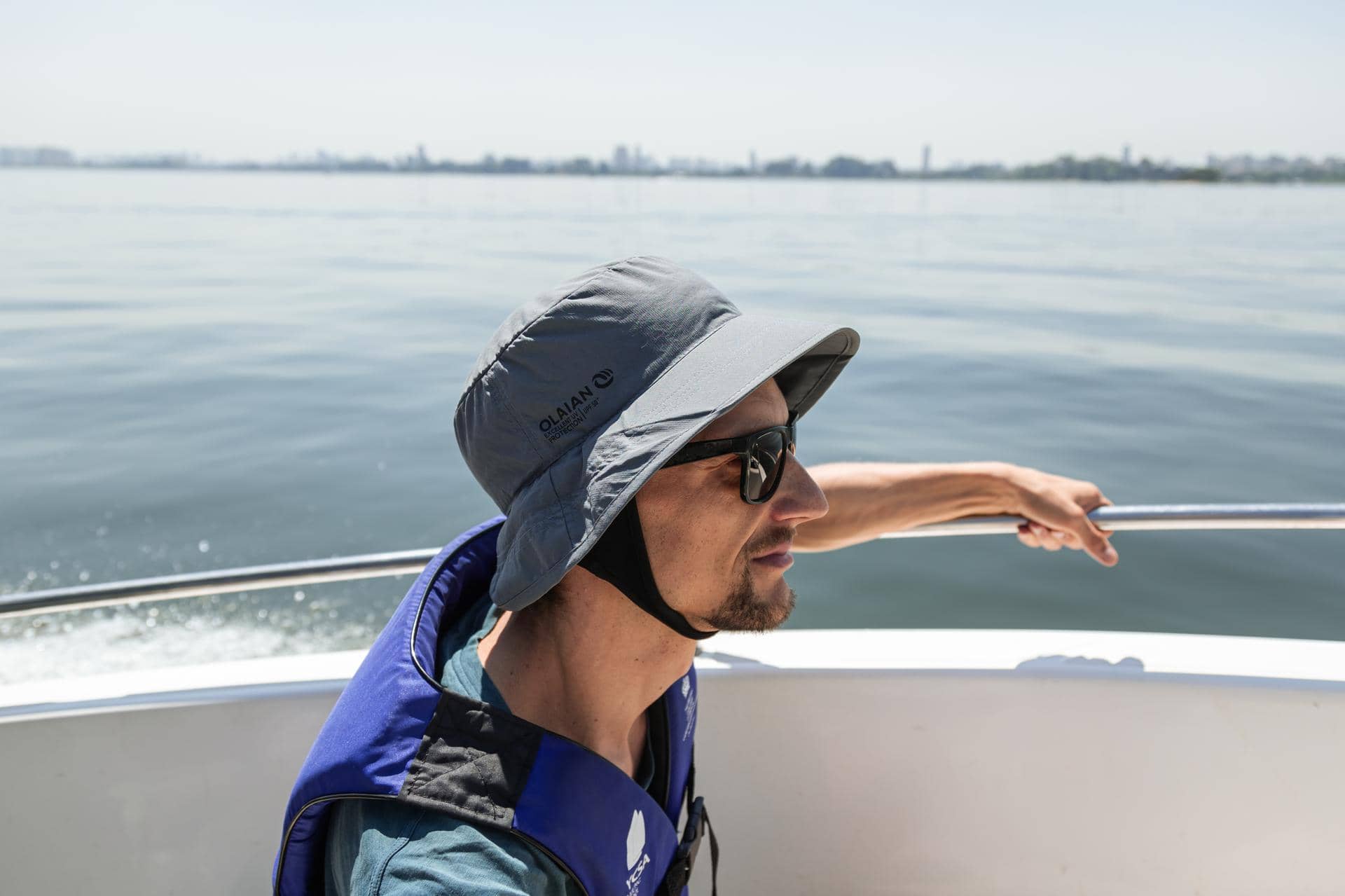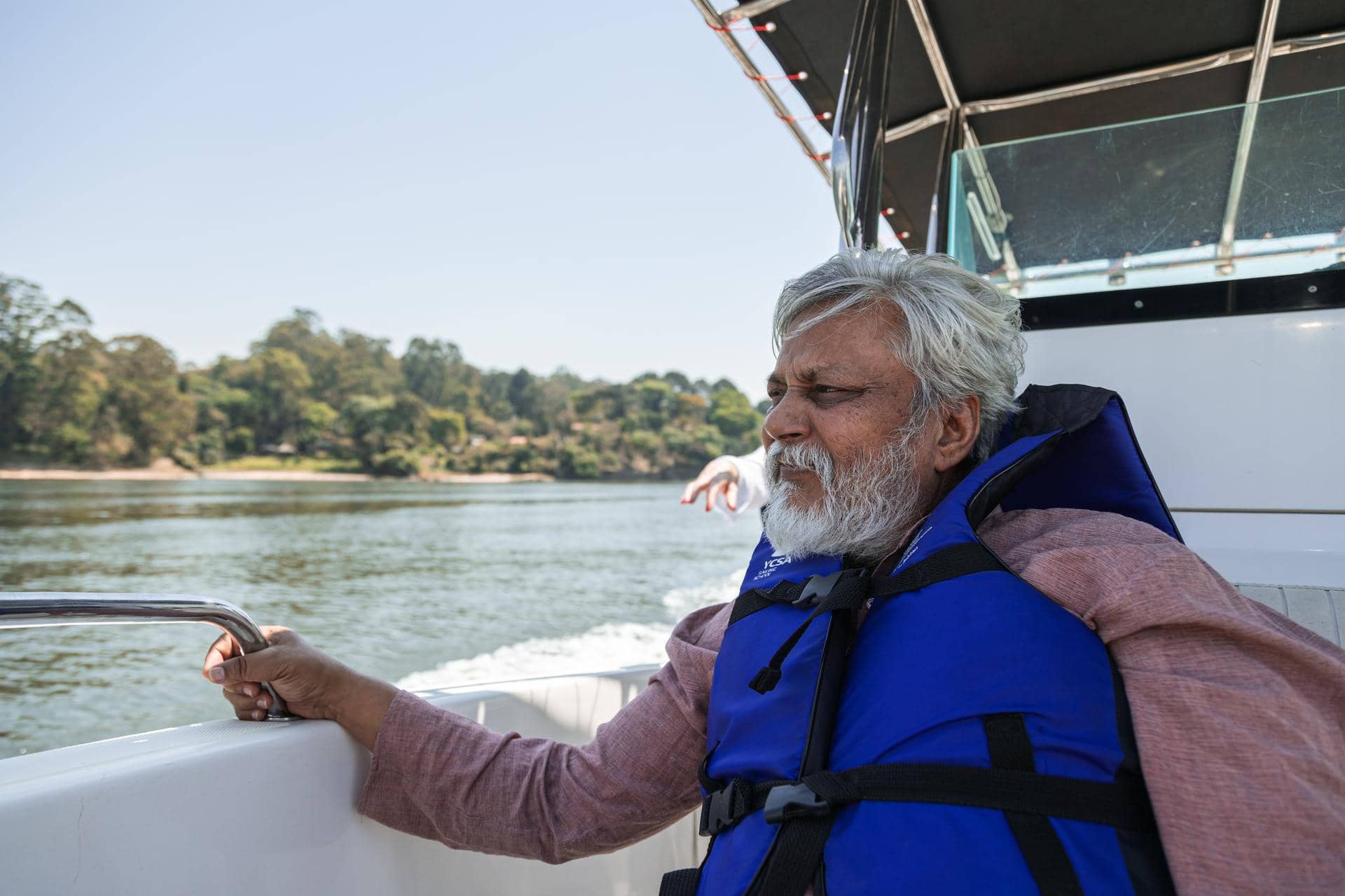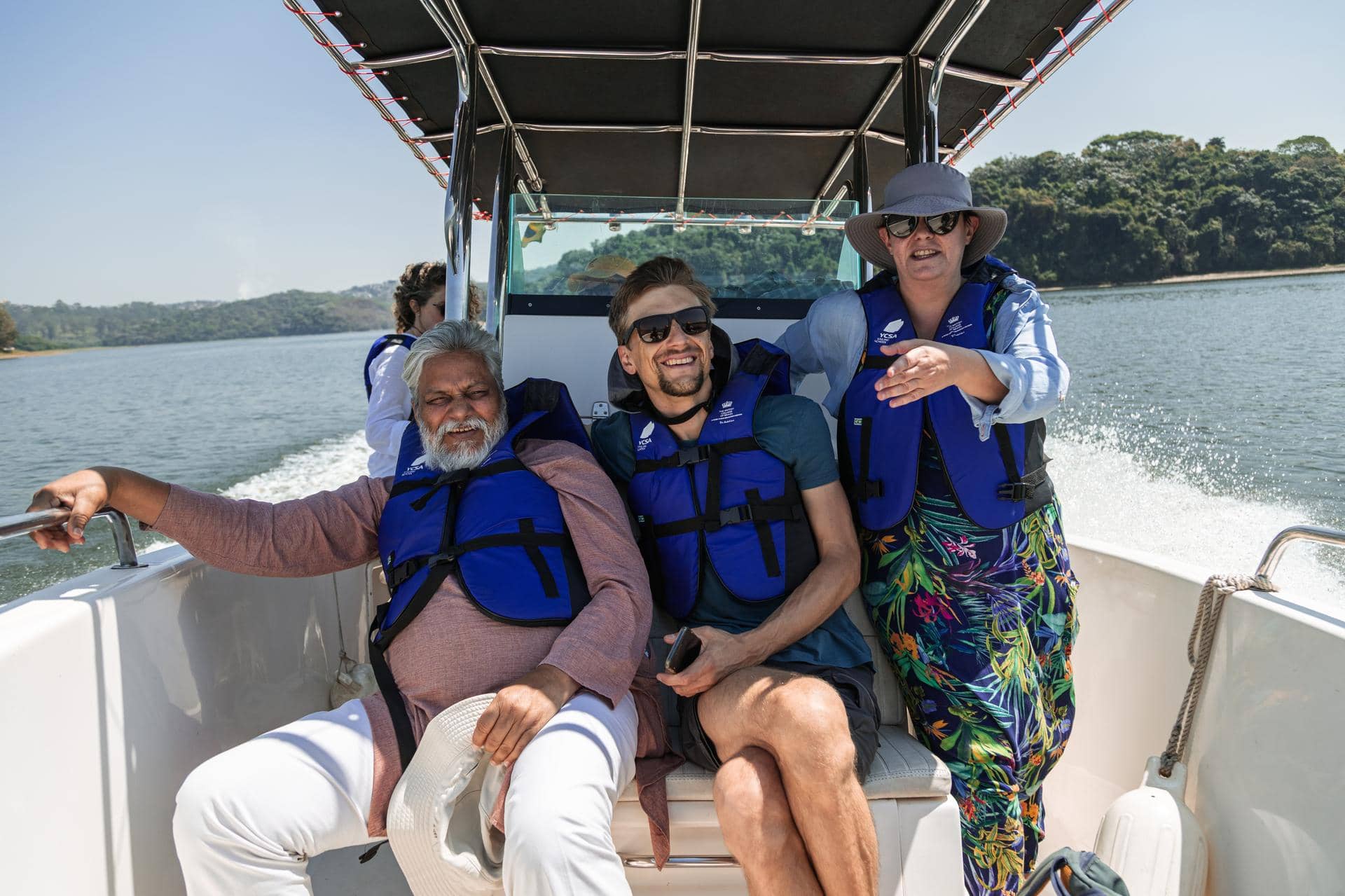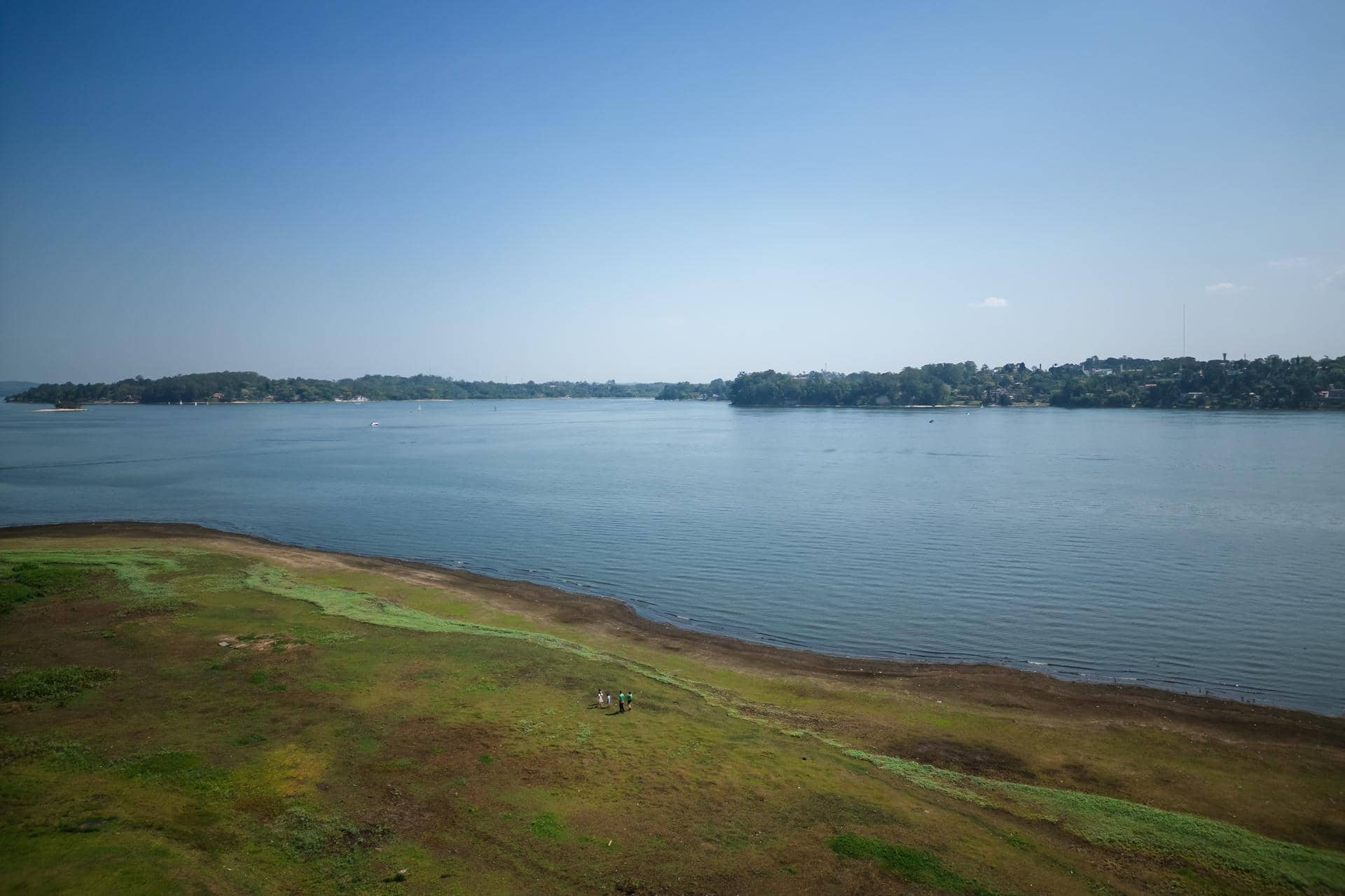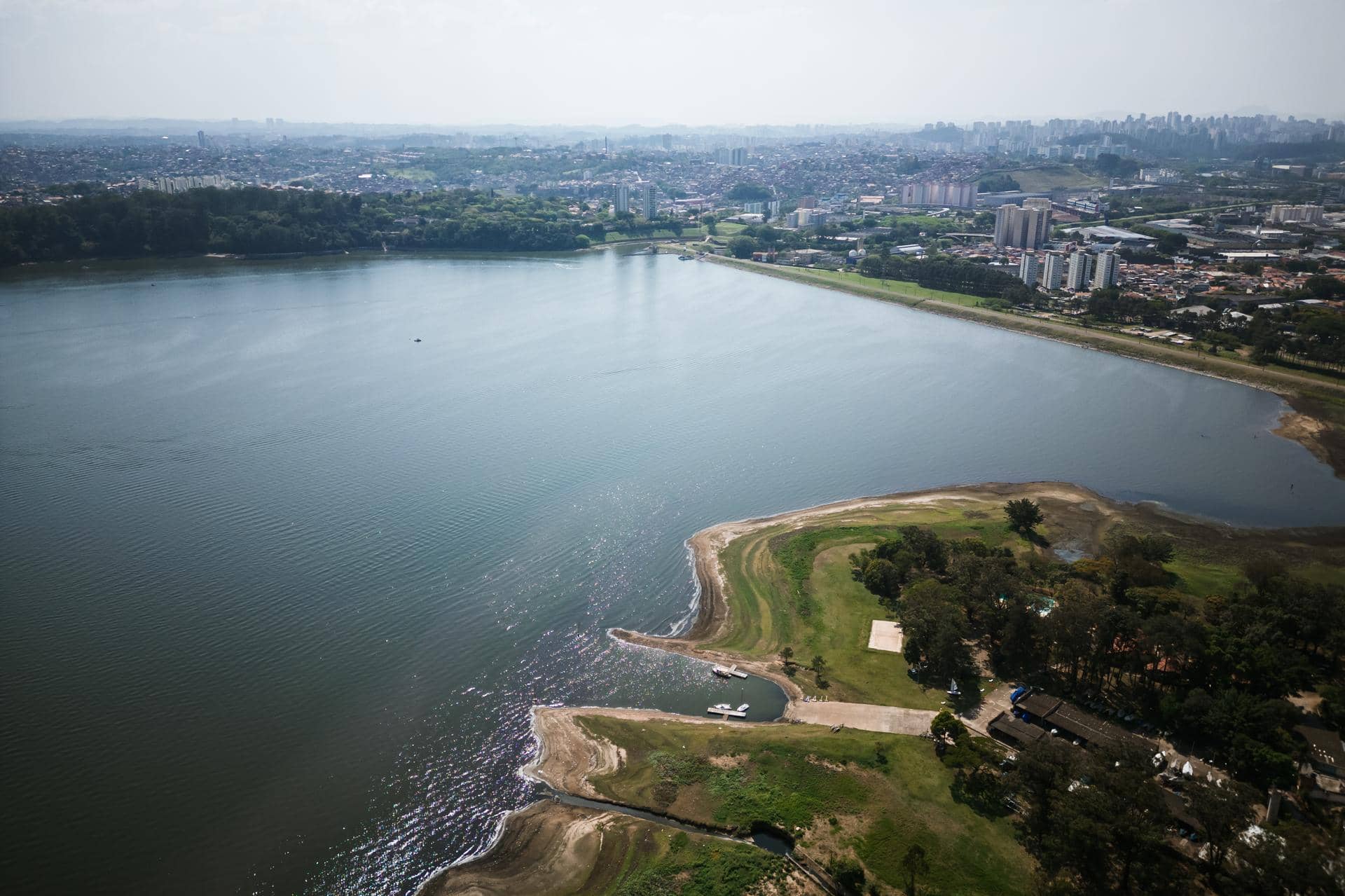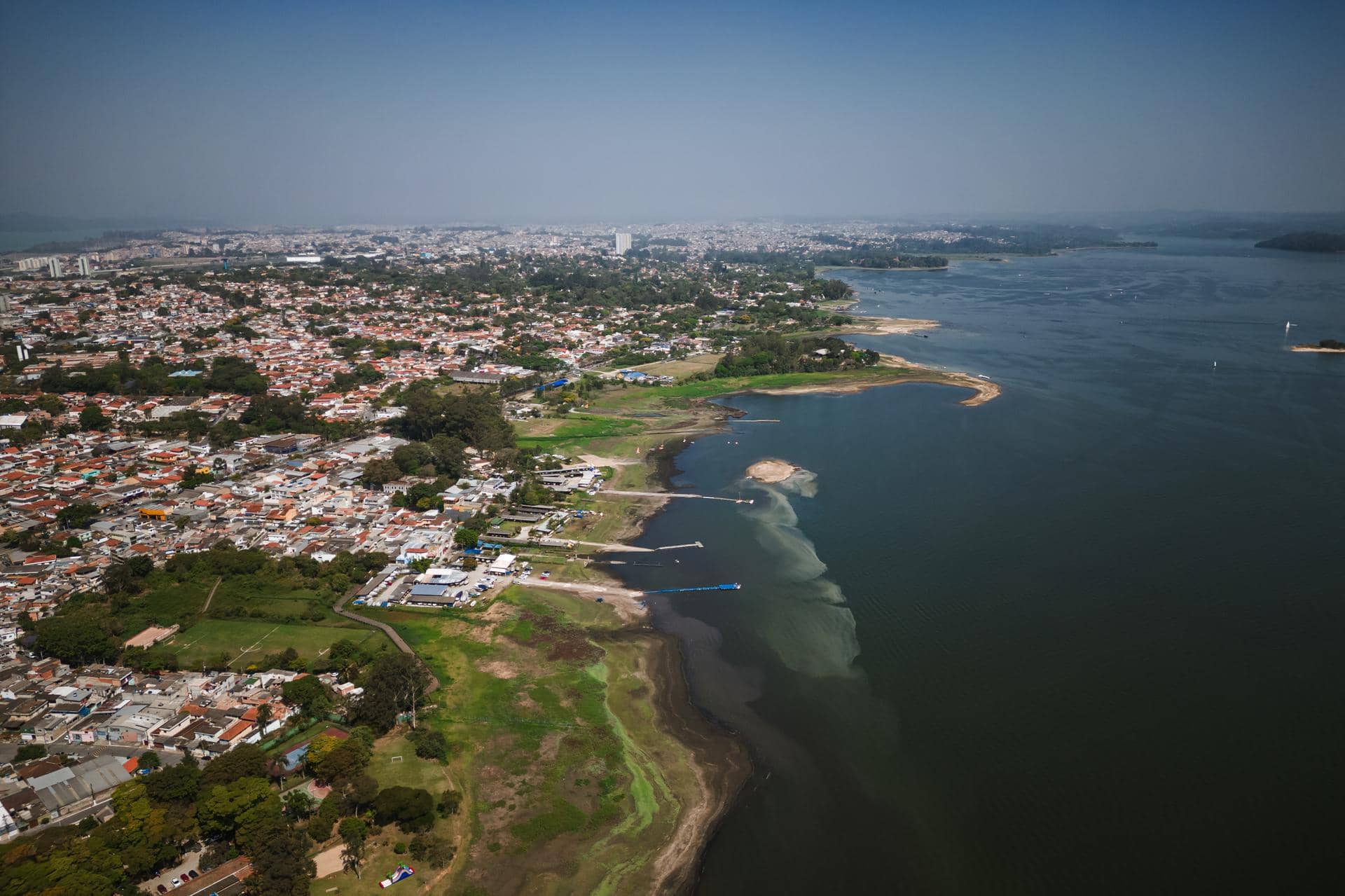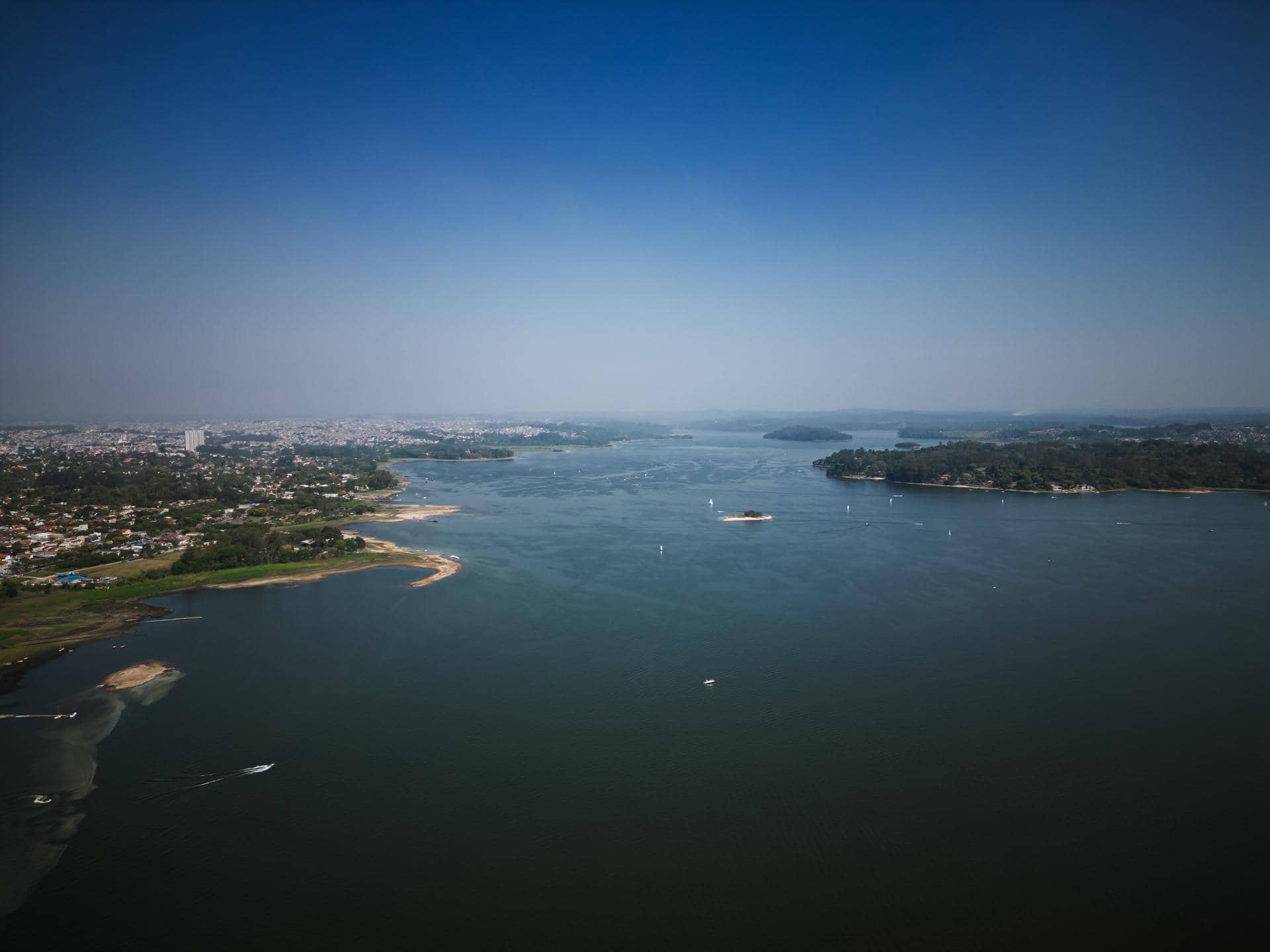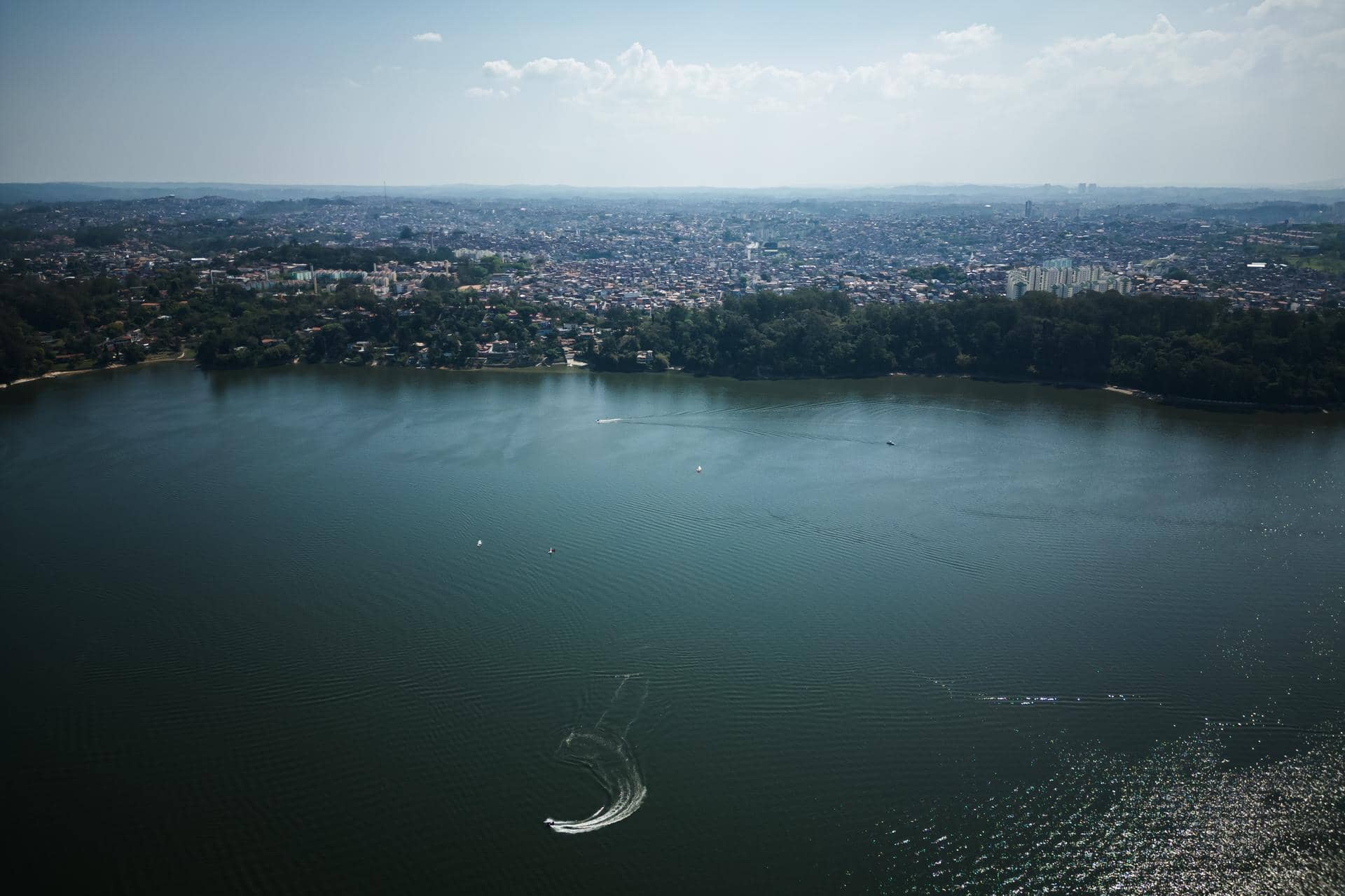Rajendra Singh: 'Water is climate. Climate is water'
In an interview with IAS, 'India's Waterman' spoke about his river regeneration projects and the droughts and floods caused by human action
Published in 27 Oct 2023
Written by By the IAS team
Tags:
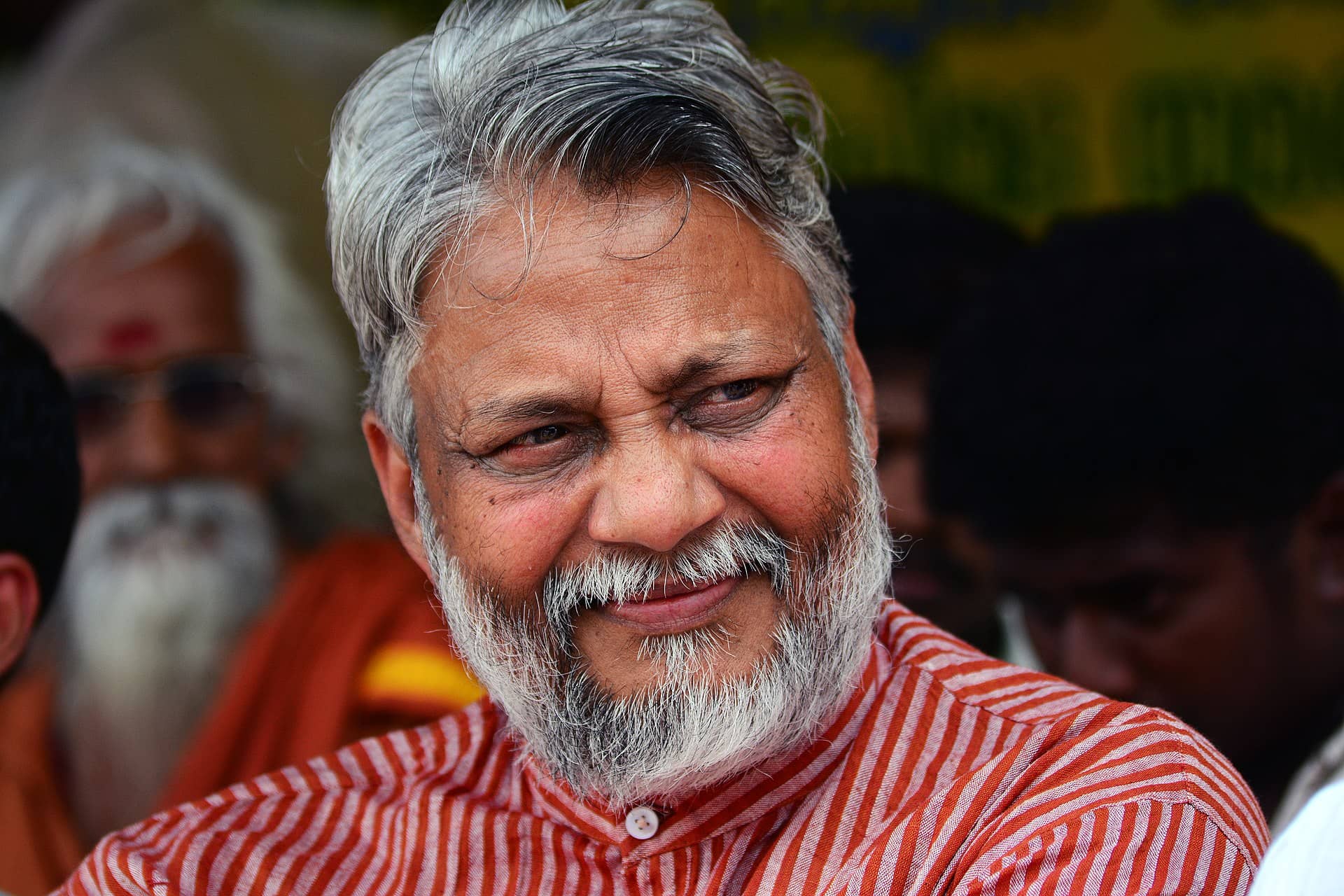
Known as the “Waterman of India,” Singh was in São Paulo at the end of September at the invitation of the Virada Sustentável. As the head of the NGO Tarun Bharat Sangh, Singh is responsible for initiatives that regenerate arid and semi-arid areas and practically dead rivers.
He believes the water situation in India is “very bad.” “More than 62% of underground aquifers are depleted,” he explained in the interview. Many of the droughts and floods that occur are “not natural” but rather result from “poor management” of water.
A doctor by training, Singh came to participate in a panel at the Virada Sustentável with Marina Silva, Minister of Environment and Climate Change, on September 22nd. The conversation mainly revolved around water and climate change and was mediated by Marussia Whately, executive director of the IAS (Water and Sanitation Institute).
“Modern science, technology and engineering only show ways to extract,” said Rajendra in the interview, explaining that he drew on the wisdom of the communities he worked in to renew the water cycle in villages suffering from droughts and floods.
Singh gave an interview to IAS in which he spoke about his projects in India, the water situation there, ancestral knowledge and the relationship between water and climate change.
The “waterman” explained the process by which it is possible to increase rainfall in a region. His projects have been successful in diverting rainwater to existing bodies of water, enhancing agriculture and increasing green coverage. As a consequence, there has been an increase in water evaporation, leading to the formation of “micro-clouds.” These, in turn, have attracted larger clouds from the ocean, causing increased rainfall.
Watch the interview in the video below
Find out more about Rajendra Singh’s NGO and projects here
The visit to Guarapiranga Reservoir
The day after taking part in the Virada Sustentável, the IAS took Rajendra Singh and Martin Winiecki (from Tamera Project, see interview here) to visit the Guarapiranga Reservoir, the second largest water source in the city of São Paulo.
On a boat trip, Singh and Winiecki, together with Marussia, were able to see the contrasts between middle and upper class yacht clubs and irregular urban occupation on the banks of the dam, as well as the precarious attempts to contain the sewage that is released into it.



